Devika Rani

Subscribe to read full article
This section is for paid subscribers only. Our subscription is only $37/- for one full year.
You get unlimited access to all paid section and features on the website with this subscription.
Not ready for a full subscription?
You can access this article for $2 , and have it saved to your account for one year.
- Real Name: Devika Rani Choudhary
- Born: 30 March, 1908 (Waltair, Vishakhapatnam)
- Died: 9 March, 1994 (Bangalore)
- Primary Cinema: Hindi
- Parents: Col. Manmatha Nath Choudhary, Leela Devi Choudhary
- Spouse: Himanshu Rai , Svetoslav Roerich
Hailed as the ‘First Lady of Indian Cinema’, Devika Rani enjoys the undisputed reputation of being one of the most influential artists to ever work in the theatre of dreams. The most successful actress of the early sound era and one of the pillars of Bombay Talkies, Indian cinema has felt the imprint of her work throughout its history.
She was born as Devika Rani Choudhary on 30 March, 1908 to Col. Manmathnath Choudhary and Leela Devi Choudhary, in one of the most illustrious Bengali families of the time, with direct ties to the Tagore family. At nine years old, she was sent to boarding school in England. Devika Rani spent her formative years in England, studying in the Royal Academy of Dramatic Art and Royal Academy of Music. She was also deeply interested in architecture and textile design and received formal education in both. After finishing her studies in 1927 she took up the profession of a textile designer.
In 1928, fate changed the course of Devika Rani’s life. She met Himanshu Rai, an aspiring filmmaker in London, who was preparing to make his first film. Impressed by her skills in design, he asked Devika Rani to come on board as a costume designer and art director. And so one of the finest actresses to grace the screen in early Indian cinema earned her first film credit for her work behind the camera. The resultant film was an experimental production titled Prapancha Pash / A Throw of Dice (1929). She married Himanshu Rai after the film was released and travelled with him to Germany, where the newlywed couple met film stalwarts like G.W. Pabst and Fritz Lang. While in Germany, Devika Rani enrolled in a course on filmmaking at the Universum Film AG (UFA) studio in Berlin. During her stay she assisted Marlene Dietrich on the sets of Der Blaue Engel (1930). She also trained with the legendary theatre director Max Reinhardt. She returned to India in 1933, after co-productions with Germany were put under strain due to the political situation.
She played the lead role in Himanshu Rai’s Karma (1933) which was made in English. It is often credited as the first English film made by an Indian and featured one of the earliest kissing scenes in Indian cinema between Rai and Rani. While the film was warmly received in Europe, it failed to find favour with Indian audiences. Their next step would become a milestone in Indian cinema history. With famous playwright Niranjan Pal and Franz Osten, they established the Bombay Talkies studio. The first film under the banner Jawani Ki Hawa (1935) starred Devika Rani and Najm-ul-Hassan in the lead roles.
1936 would prove to be a cornerstone year for her. After Najm-ul-Hassan was dismissed as the star of Jeevan Naiya (after a rumoured affair with Devika Rani), Ashok Kumar was cast in his place. Bombay Talkies had stumbled upon the most successful star pairing of the 30’s. Their next film Achhut Kanya (1936), became a major commercial and critical success, and is regarded as one of the most significant films in Indian cinema history. While Ashok Kumar would go on to find tremendous success himself, Devika Rani was the undisputed star of their films. In that decade she acted in successful films like Savitri (1937), Jeevan Prabhat (1937), the Romeo and Juliet adaptation Izzat (1937), Prem Kahani (1937) and Nirmala (1938). Her films were noted for the attention they gave to the female characters, with Rani often portraying the modern educated woman.
After Himanshu Rai’s death in 1940, tensions rose between the stakeholders of the studio. Devika Rani took over the running of the studio along with Sashadhar Mukherjee. She presided over the production of one of the most iconic films of the 40’s – Kismet (1943) starring Ashok Kumar. She acted in her last film in 1943 in Hamari Baat. The film Basant (1942), produced by her, starred Mumtaz Shanti, while Hamari Baat featured Raj Kapoor in a minor role. She produced Jwar Bhata (1944) which marked the debut of future megastar Dilip Kumar. She played a major role in the casting of Dilip Kumar.
Following the overwhelming success of Kismet, disputes rose between the Devika Rani and Sashadhar Mukherjee. This led to Mukherjee and Ashok Kumar leaving the studio to set up Filmistan. Unwilling to compromise with her integrity, she chose to quit the film industry when she failed to find enough support.
In 1945 she married Russian painter Svetoslav Roerich and moved to Manali. She was awarded the Padma Shri in 1958 and the Dadashaheb Phalke Award in its inaugural year of 1969. She passed away on 9th March, 1994 in Bangalore. She left behind an immense legacy as not only an eminent face of Indian cinema, but one of its strongest personalities, having played a role in its very foundation.
-
Filmography (9)
SortRole
-
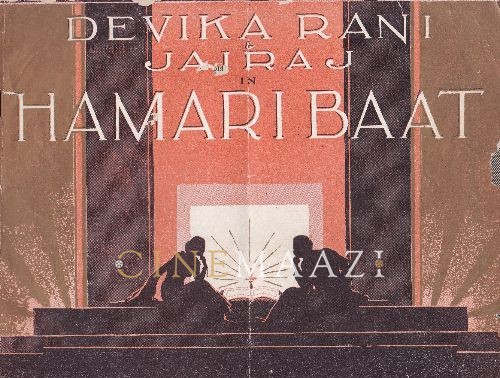
Hamari Baat 1943
-
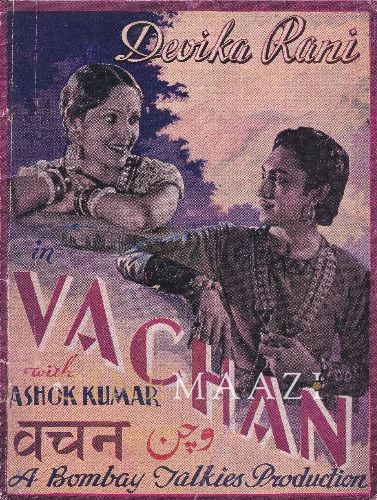
Vachan 1938
-
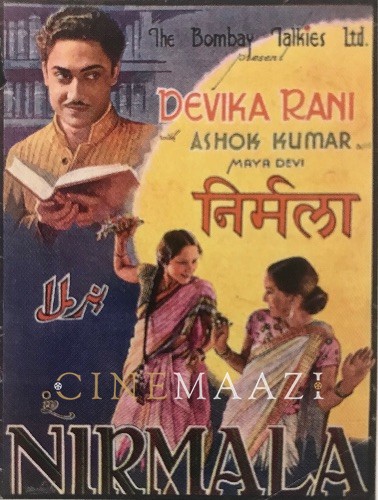
Nirmala 1938
-

Savitri 1937
-
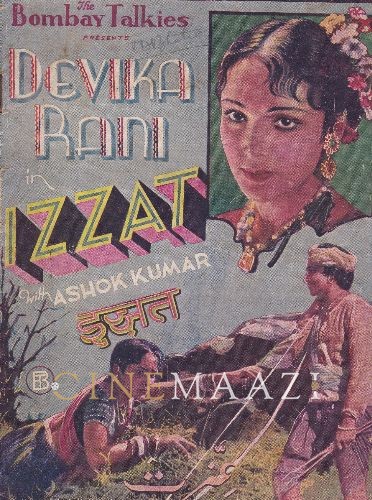
Izzat 1937
-
Jeevan Prabhat 1937
-

Janma Bhoomi 1936
-

Jeevan Naiya 1936
-
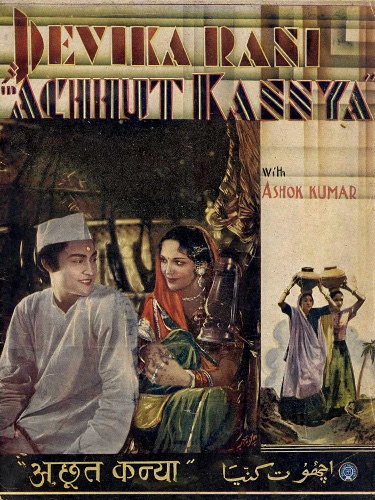
Achhut Kanya 1936
-






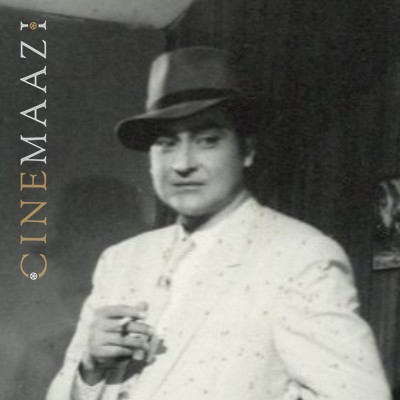

.jpg)



